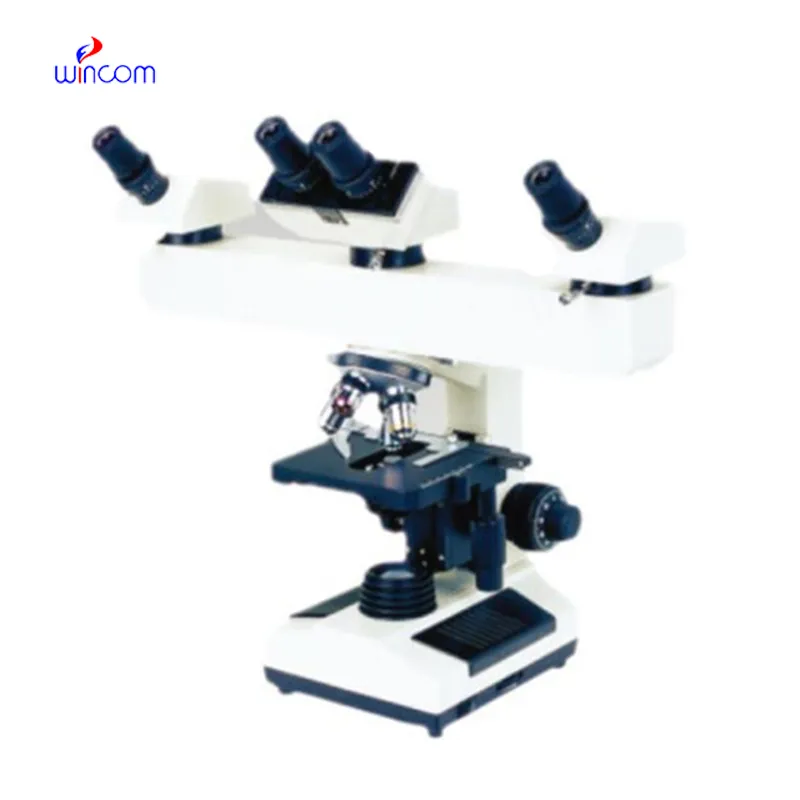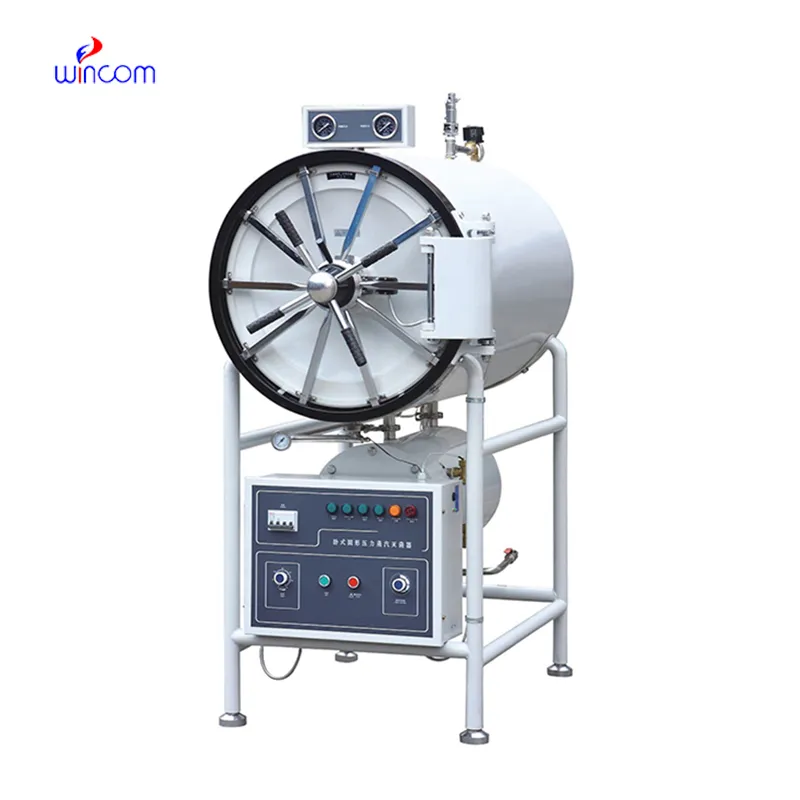
The veterinary x ray machines uses advanced microprocessor control. As a result, it optimizes radiation output depending on the patient. The system's stability and rapid startup function enable it to work throughout the day. The veterinary x ray machines has high-volume capabilities that require limited downtime.

Apart from traditional diagnostics, the veterinary x ray machines is applied in interventional procedures to assist physicians in minimally invasive treatments. It provides real-time imaging during catheter placement, spinal manipulations, and orthopedic implant confirmation. The veterinary x ray machines enhances the accuracy of the procedure and patient safety in complex medical procedures.

Future editions of the veterinary x ray machines will focus on automation and ease of digital interfaces. Sophisticated remote operation capabilities will allow radiologists to perform scans and reviews remotely from any location. The veterinary x ray machines will also include blockchain-based data security systems for protecting patient information.

The veterinary x ray machines needs regular maintenance to function at its best. Technicians need to regularly inspect exposure controls, cooling systems, and image sensors. The veterinary x ray machines has to be run within prescribed usage boundaries, and annual recalibration needs to be planned to maintain radiation accuracy as well as uniform imaging quality.
Through the use of high-tech detectors and digital imaging, the veterinary x ray machines provides high-quality internal structural images. The device enables healthcare providers to track various conditions such as pneumonia, arthritis, and dental cavities. The veterinary x ray machines offers accurate imaging and ease of handling that makes it imperative in diagnostic radiology.
Q: What makes an x-ray machine different from a CT scanner? A: An x-ray machine captures a single 2D image, while a CT scanner takes multiple x-rays from different angles to create 3D cross-sectional views. Q: How is image quality measured in an x-ray machine? A: Image quality depends on factors like contrast, resolution, and exposure settings, which are adjusted based on the target area being examined. Q: What power supply does an x-ray machine require? A: Most x-ray machines operate on high-voltage power systems, typically between 40 to 150 kilovolts, depending on their intended use. Q: Can x-ray machines be used for dental imaging? A: Yes, specialized dental x-ray machines provide detailed images of teeth, jaws, and surrounding structures to support oral health assessments. Q: How does digital imaging improve x-ray efficiency? A: Digital systems allow instant image preview, faster diagnosis, and reduced need for retakes, improving workflow efficiency in clinical environments.
The water bath performs consistently and maintains a stable temperature even during long experiments. It’s reliable and easy to operate.
The centrifuge operates quietly and efficiently. It’s compact but surprisingly powerful, making it perfect for daily lab use.
To protect the privacy of our buyers, only public service email domains like Gmail, Yahoo, and MSN will be displayed. Additionally, only a limited portion of the inquiry content will be shown.
I’d like to inquire about your x-ray machine models. Could you provide the technical datasheet, wa...
Hello, I’m interested in your water bath for laboratory applications. Can you confirm the temperat...
E-mail: [email protected]
Tel: +86-731-84176622
+86-731-84136655
Address: Rm.1507,Xinsancheng Plaza. No.58, Renmin Road(E),Changsha,Hunan,China